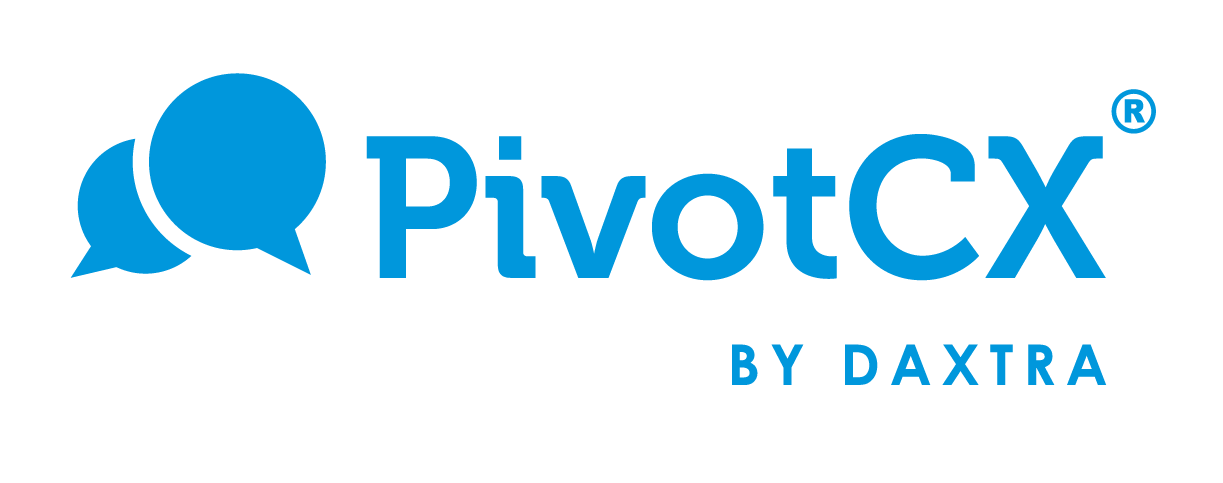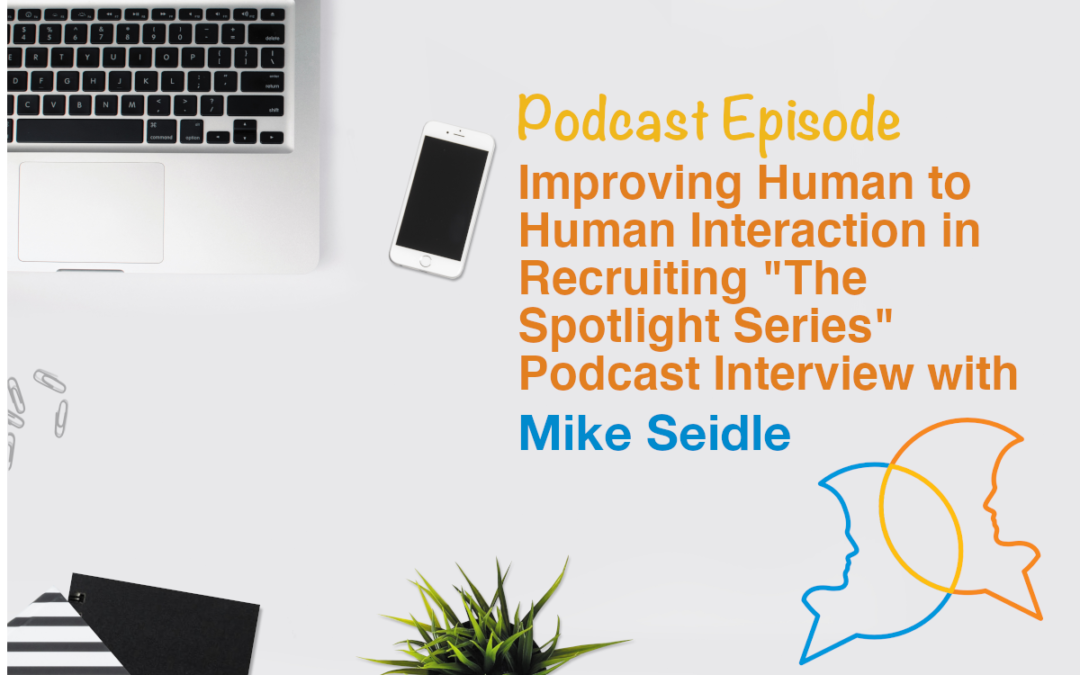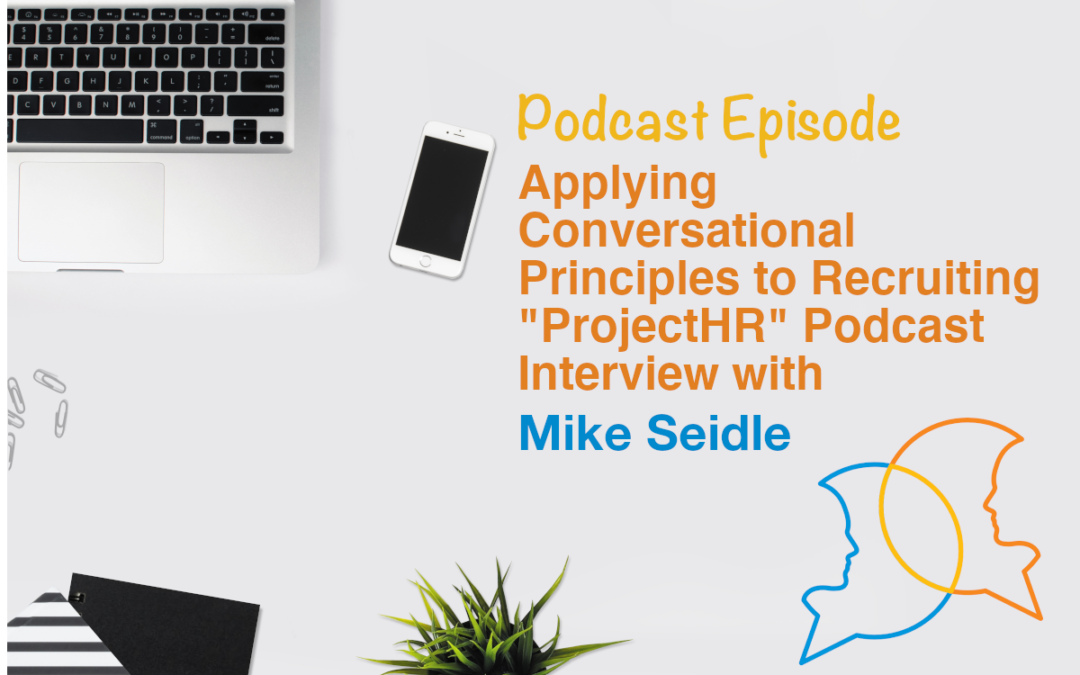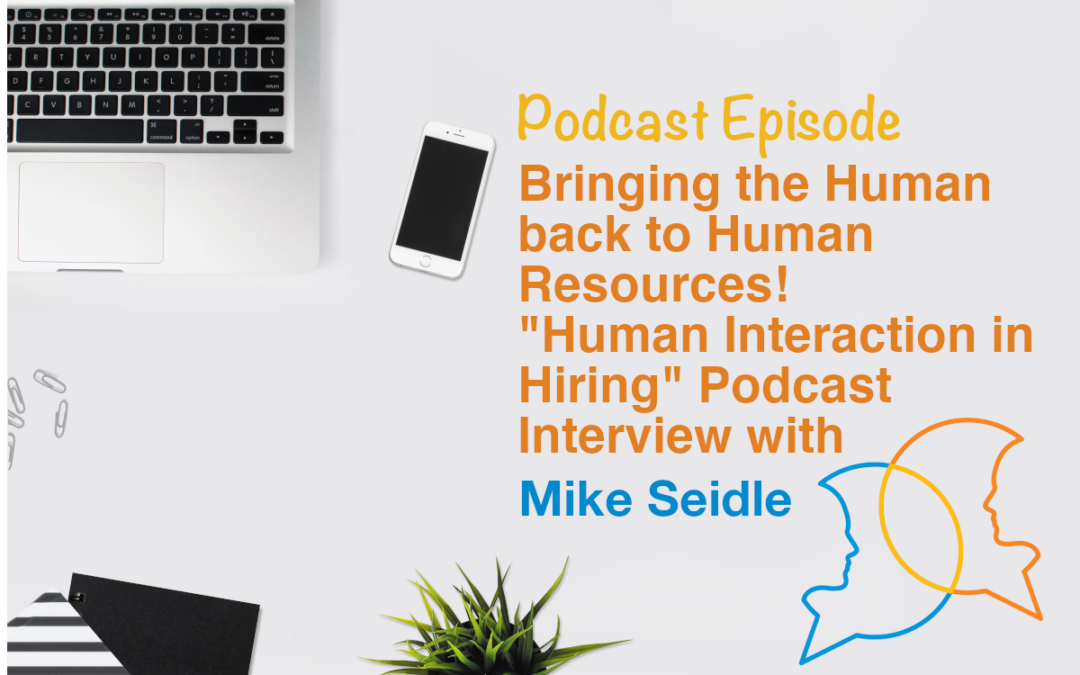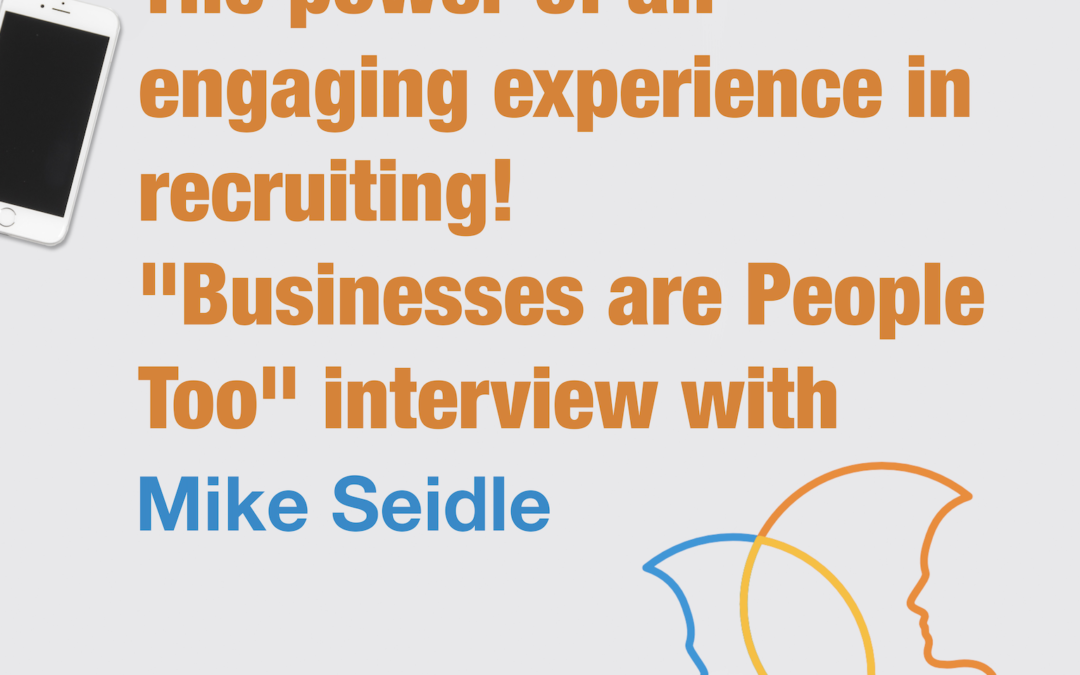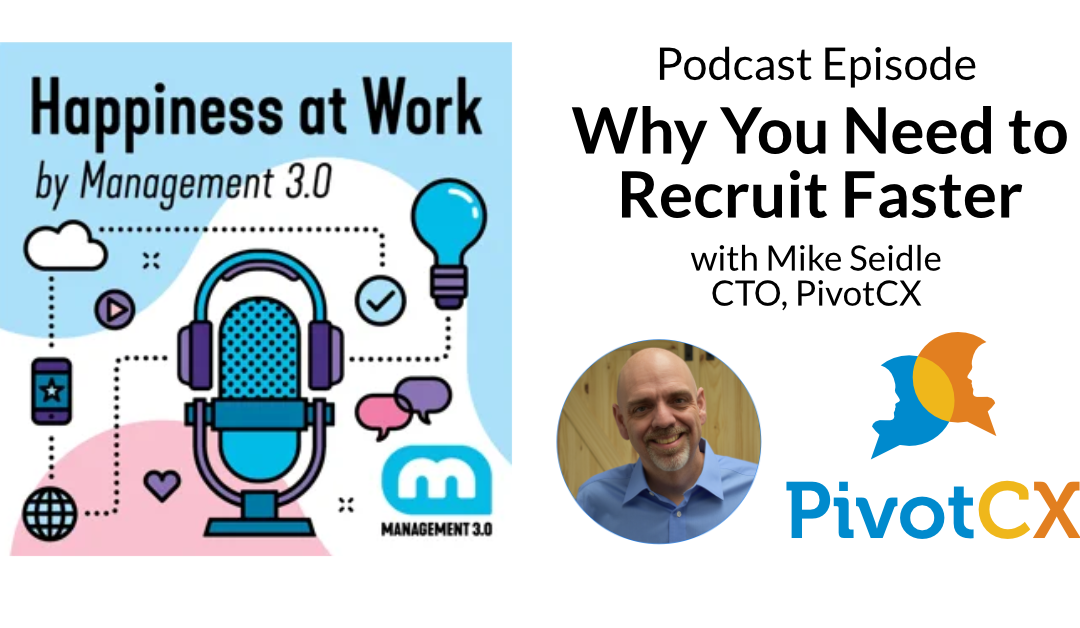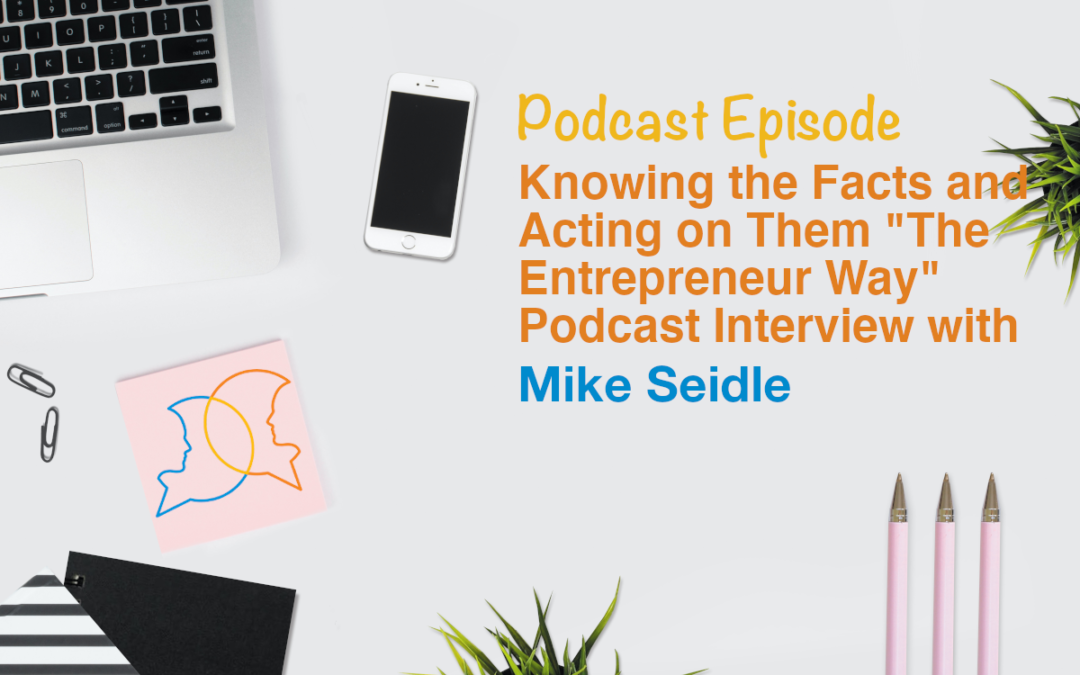
Know the Facts and Act on Them with Mike Seidle on the Entrepreneur Way
On this episode, Mike Seidle, Chief Operating Officer and Co-founder at PivotCX, explains what “Know the Facts and Act on them” means to him and shares tips and his thoughts on several aspects of entrepreneurship.
PivotCX reduces time-to-hire from weeks to days. They screen out unqualified and unengaged candidates with chat and SMS, so you don’t have to.
Entrepreneurial Role Models:
When business started difficulties overcame:
“the hard part for me before I started my own business was that nobody else knew anything about what I was interested in.
This would have been in the 1980s. I was very interested in building software; I was in high school…first off, they don’t let high schoolers be programmers and so I had to kind of make my own opportunities and so I did. And I started a little company that we would make software for little retailers and local businesses and it certainly beat doing other things that I could have done at age 16 as far as the money I made and everything.
But more importantly I just learned so much about putting together a business and you can kind of approach business without fear once you do the first one”
Favorite Books:
- Getting Things Done: The Art of Stress-free Productivity Book by David Allen
- The E-Myth Revisited: Why Most Small Businesses Don’t Work and What to Do About It Book by Michael E. Gerber
Favorite Quote:
“know the facts and act on them” Jack Welch
Recommended Online Resources:
- LinkedIn – LinkedIn is a business and employment-oriented service that operates via websites and mobile apps. Founded on December 28, 2002, and launched on May 5, 2003, it is mainly used for professional networking, including employers posting jobs and job seekers posting their CVs.
- Slack is where work flows. It’s where the people you need, the information you share, and the tools you use come together to get things done
Best Advice to Other Entrepreneurs:
“don’t be afraid to fail. And the first rule of being an entrepreneur is to do something. You can worry about doing it better next time”…[Listen for More]
Other Quotes From the Chat with Mike Seidle:
- “I would have probably focused less on raising capital and more on bringing a product to market and testing the market more than I did especially with Work Here”
- “’know the facts and act on them’ by Jack Welch. I think that is an underrated secret to success, understanding and really knowing what’s really, really happening and not what you hope is happening, not what the people that are working for you, with you and around you are telling you is happening but actually knowing what you are really dealing with and then having the awareness and may be courage to act on what you are hearing”
- “work on your business not in it”
Want to learn more about how Pivot CX helps companies make quicker hires? Request a demo.
Links in this episode:
LinkedIn: @IndyMike (Mike Seidle)
Apple podcast: The Entrepreneur Way
Image background by Dominika Roseclay
